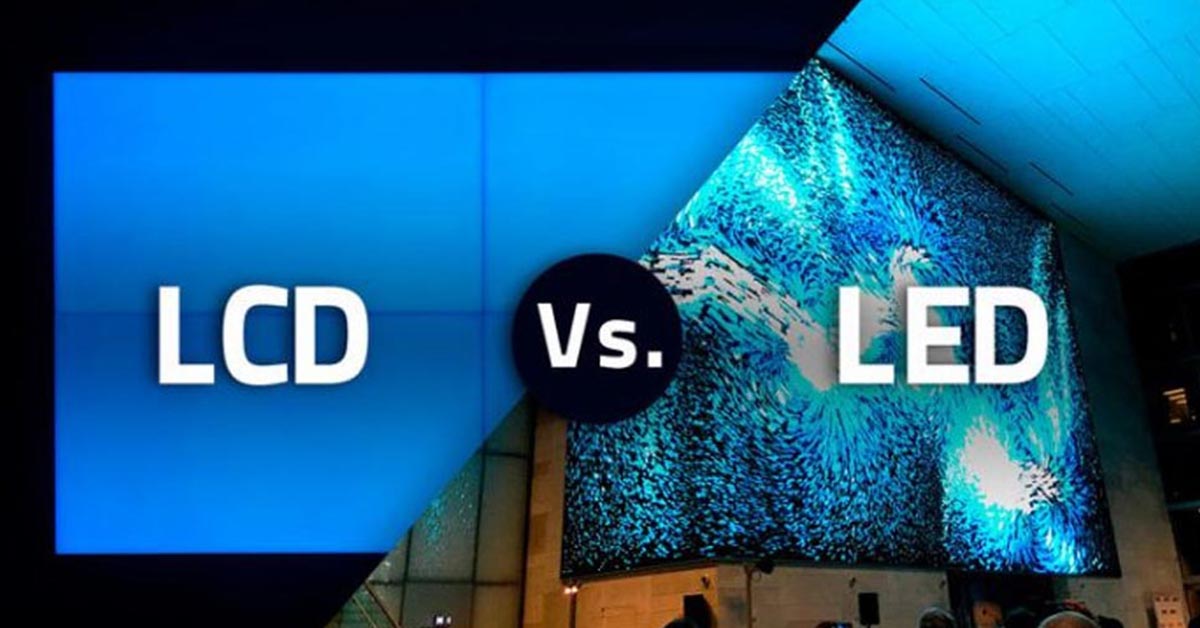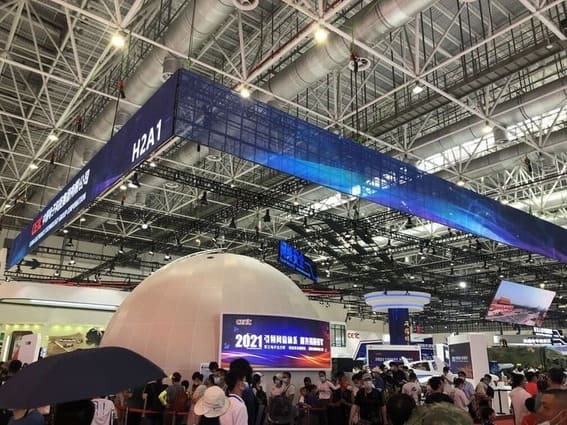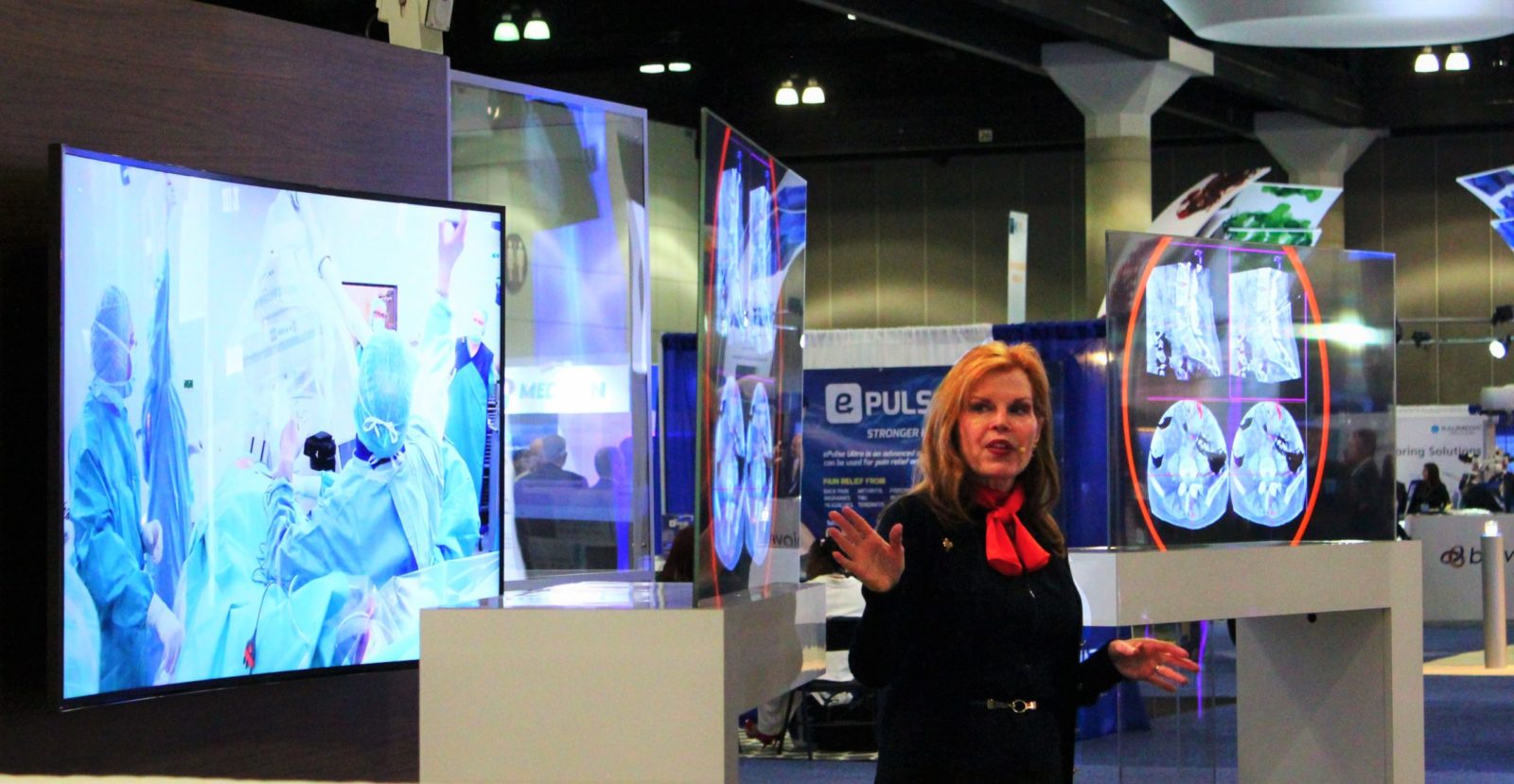

Trade shows are all about visibility—being seen, being remembered, and standing out in a sea of booths that all seem to blur together. But with the growing pressure to stay on-brand while also being innovative, more exhibitors are turning to a solution that does both: transparent LED screens.
Whether you’re in tech, luxury goods, real estate, or consumer electronics, a transparent screen for trade show booths can elevate your presence without overwhelming your design. It’s the modern way to do digital signage—blending interactive visuals with sleek architecture that doesn’t feel intrusive.
Let’s take a closer look at why these see-through displays are becoming the go-to option for brands who want to impress without shouting.

At trade shows, space is limited, and every square foot matters. A typical LED wall may deliver impact, but it also blocks light, adds weight, and can feel like a barrier between you and your audience. A transparent LED screens, on the other hand, acts more like a layer—digital content appears to float, while the structure behind it stays visible.
Think of a transparent video wall that hovers in front of your product display. You’re able to project visuals—product demos, animated branding, testimonials—without hiding what’s behind it. It’s immersive, but still open. It grabs attention, but doesn’t dominate the space. And in high-traffic environments like trade shows, that balance matters.
For companies seeking a minimalist or modern look, transparent OLED displays and clear LED advertising screens offer a way to stand out without resorting to over-the-top gimmicks. The technology becomes part of the aesthetic, not just an accessory.

Some of the most successful activations we’ve seen use transparent display screens for events as focal points within their booth layout—either at the front for visual engagement or within the booth to create layered storytelling moments.
Luxury brands often use transparent display showcases to highlight hero products, where content flows around the physical item. Tech companies use them to visualize abstract ideas like data flow, connectivity, or innovation. Even automotive and real estate exhibitors are placing see through digital display panels on glass surfaces to enhance their storytelling without blocking sightlines.
The best part? These displays work well in any lighting condition. Thanks to high brightness transparent screen tech, visuals remain vibrant even under harsh expo lighting or natural sunlight flooding through convention center windows.

Many brands opt to rent transparent screens for trade shows—especially when testing the tech for the first time or customizing booth layouts for different events. The option to explore transparent screen rental in Los Angeles, New York, or other major show cities makes it easy to stay flexible without long-term commitment.
Need a custom size transparent LED screen for a booth corner? Want to wrap a transparent LED screen on glass around your display table? No problem. The modular nature of these transparent LED video screens allows you to design freely and adapt quickly.
And if your team wants to go interactive, many vendors offer interactive transparent displays—giving you the option to create touch-based experiences that keep visitors engaged longer. For brands showcasing digital-first products or services, that tactile layer adds real value.

With hundreds of booths competing for attention, it’s not just about showing up—it’s about showing smart. Transparent LED walls and see through advertising screens are tools that combine functionality, beauty, and flexibility. You’re not adding another screen to your booth—you’re adding presence, movement, and a tech-forward polish that visitors notice.
For businesses that rely on trade shows to build partnerships, launch products, or connect with a wider audience, transparent displays represent more than a trend. They’re part of a shift toward smarter, lighter, more integrated visual communication.